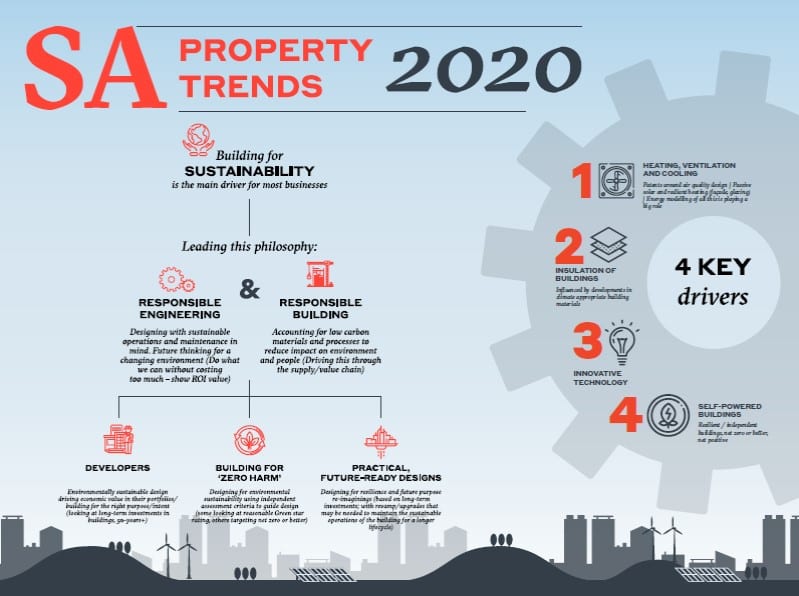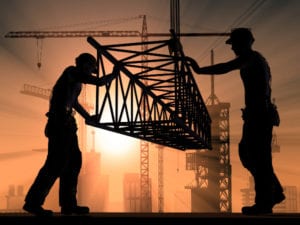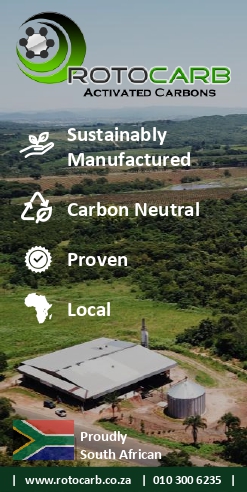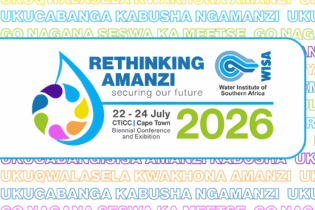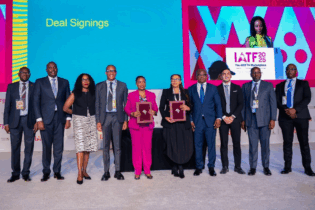There is a direct link between the stability of an economy and ongoing development – and currently the local construction and property industries are undeniably experiencing a lull due to reduced expenditure by government on large scale infrastructure projects as well as uncertainty in the private sector investment markets.
In fact, findings in a survey from Timetric highlight that growth in the industry forecasted between 2017 and 2021 is expected to be more moderate than the review period for 2012 to 2016. However, there is room for optimism. Despite the current economic climate – linked to fluctuations in global markets and further exacerbated by policy changes and political uncertainty locally – there are domestic and international investors and developers who continue to forge ahead with projects across South Africa, as they see the great potential and value here. Furthermore, building for sustainability has become the main driver for most investors and developers. It is expected that this trend will continue well into the future as Government, businesses and citizens, alike and as the primarily targeted tenants of industrial and commercial spaces, grow increasingly socially conscious to the importance of resilience and the need to safeguard and manage critical resources in a more sustainable fashion. For instance, each time the country has intermittently experienced load shedding – and particularly since 2008 – this continues to increase social awareness on the importance of secure power, and sparks interest among developers to investigate solar powered rooftop or onsite solutions that could self-power their buildings in the event of grid power interruptions. Likewise, the water shortages – and water restrictions as a result – that many areas across the country have faced in the last 24-months have created a sense of urgency across the country to look at more efficient water management solutions within buildings. This has also opened up opportunities to capture and use rainwater, or to safely recycle and reuse grey water, to meet their essential operational and living needs. It’s no surprise then, that this rising social consciousness, coupled with continuous and growing pressure being placed on the ‘built’ space to address inadequate energy resources, carbon reduction targets and tightening building energy efficiency standards continues to drive sustainable building trends in South Africa. In fact, building for sustainability and climate change mitigation has become integral in the design and construction of buildings in the country.The philosophy of building for sustainability is being led by responsible engineering (do what we can without costing too much – show return on investment value) and responsible building (driving this through the supply/value chain).
